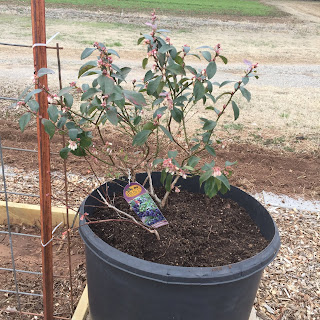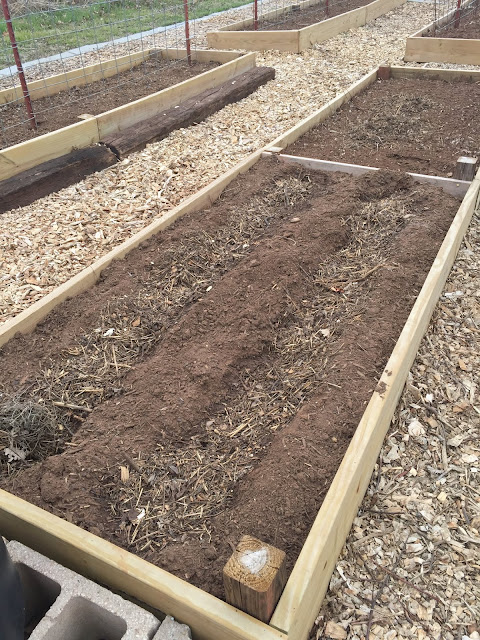A couple of weeks ago, our 14 year old granddaughter came over to ask if we had seen a small kitten. She had seen it beside their house (next door to us), but it ran away when she approached it. She was concerned and asked us to keep an eye out for it.
After she left, I retrieved the SD card from the game camera we have set up in our pole barn. We feed a couple of stray cats over there and like to keep an eye on what comes and goes. Here are some pictures from the camera.
The poor little thing was having to run in and grab a little bit of food whenever the adult cats weren't looking. We set a trap that night and caught it. However it must have been a scary night for the little thing because of the other critters that come in there looking to clean up what the cats left behind.
I wouldn't be surprised if the large black cat was not a relative. It is a tom cat that is a frequent visitor.
We transferred the kitten to a carrier and took it to the vet.
She is a little female weighing 2.5 lbs. The vet estimated her to be about 4 weeks old. She is FIV negative which is wonderful news. FIV is the feline equivalent to HIV in humans. After being treated for fleas and worms and having the first round of immunizations, we brought her home.
I visited with a couple of people involved in animal rescue about how to "tame" her. I was told that if you can capture a kitten before 6 weeks of age, then there is a much better chance it can be tamed and make a good pet. I was also told that you should handle the kitten several times a day, particularly before you feed it. If it seems it might scratch or bite, then handle it with a towel. Slip your hand under the towel and stroke it. It will associate being handled with getting fed.
This approach worked exceptionally well. After just a couple of days, she would come to the door of her crate and obviously enjoyed human contact. My granddaughter came over to check on her once or twice a day. She asked if her parents would let her have the kitten, would it be okay with me. I said sure. She was elated and immediately named the kitten Luna.
Meet Luna and her happy new owner.















































